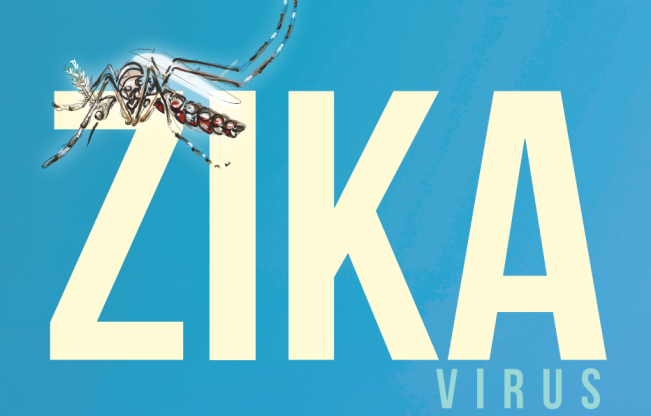Zika virus outbreak and the risk to Europe

Zika virus was detected in the Americas in 2015. Arrival of the virus in some countries of the Americas, notably Brazil, was associated with steep increases in the number of babies born with abnormally small heads and of cases of Guillain-Barré syndrome.
The risk of a Zika virus disease outbreak in the European Region similar to that seen in the Americas in 2016 was assessed as moderate-to-low. This is mainly because the mosquito known to be responsible for the outbreak in the Americas (Aedes aegypti) is not widely present in Europe, although it is established in limited areas, such as Madeira Island (Portugal) and the north-eastern Black Sea coast.
However, Aedes albopictus, present primarily in the Mediterranean Basin, is considered a potential vector for transmission of Zika virus, even though it has a lower capacity than Aedes aegypti for transmitting arboviruses (viruses transmitted by insects), including Zika.
Thus, in the following 18 countries in the European Region the likelihood of local Zika virus transmission was assessed as moderate (in order of likelihood, highest to lowest): France, Italy, Malta, Croatia, Israel, Spain, Monaco, San Marino, Turkey, Greece, Switzerland, Bulgaria, Romania, Slovenia, Georgia, Albania, Bosnia and Herzegovina, and Montenegro.
Aedes mosquitoes are the same mosquitoes as transmit yellow fever, dengue and chikungunya. Symptoms of Zika virus disease include mild fever, skin rash (exanthema) and conjunctivitis. These normally last for 2–7 days. No specific treatment or vaccine is currently available. The best form of prevention is protection against mosquito bites.



